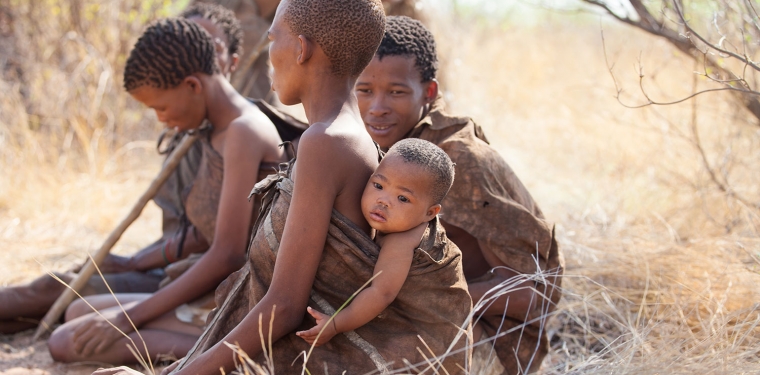Protecting The Cultural and Intellectual Property of Indigenous Peoples

The international system for protecting the rights of intellectual property has long focused on protecting the needs of technologically advanced societies. Since the beginning of the 21st century, however, the legal conversation about intellectual rights has expanded to include protection for the traditional knowledge systems of indigenous people. Devising a legal framework to protect indigenous rights is difficult because of notion of intellectual property rights (IPR) is western in origin and protecting indigenous rights is primarily a non-Western issue.
What are Indigenous Intellectual Property Rights?
At its simplest, indigenous intellectual property rights may be considered the overall culture of a people, handed down from generation to generation, most often by oral tradition, but sometimes also by some a kind of written means. It is a culture’s living body of knowledge developed and sustain through each generation that becomes part of its cultural identity. What makes indigenous rights different is that there are no inventions as such or original works by individuals or persons. As such, it is a living thing, embodied by what may be called “traditional” knowledge and works.
How Indigenous Intellectual Rights can Be Abused
Folklore, songs, traditional crafts and similar skills define the cultural and social identities of indigenous peoples. When folklore is recorded and placed in books or publications or when dances and songs are performed without permission, even when supposedly done in the name of a particular people, can be an infringement of intellectual rights. That’s because many traditional cultural expressions can be protected by copyright, while similar expressions such as traditional songs and music are covered by the World Intellectual Property Organization’s (WIPO) Performance and Phonograms Treaty.
Not recognizing the protections put in place by these measures, in essence, constitutes stealing of a culture’s legacy. Any usage of an indigenous culture’s artwork, music, crafts of folklore should be recognized and compensated per the measures outlined by the pertinent copyrights and treaties. Anything less constitutes theft of intellectual property rights, even when done in the name of education.
How Abuse of Intellectual Rights Can Be Prevented
Protecting folklore, artwork and skills of indigenous communities help to transmit their core values and protect cultural diversity in the world at large. However, more needs to be done by various countries in which indigenous peoples still reside. The Maori Arts Board in New Zealand, for example, has established trademarks to identify authentic indigenous arts. Panama in Central America has established a registration system for traditional cultural expressions. The Pacific Regional Framework for the Protection of Traditional Knowledge and Expressions of Culture gives traditional owners in Pacific Rim nations the right to authorize or prevent use of folklore and receive a share of profits from performances.
Despite these advances, theft remains a problem. Trademark, copyright and patent law are the three most commonly used solutions to combat intellectual property theft. Documentation is one solution, but if that documentation appears on the internet, it provides another means of pilfering indigenous culture. It is up to those working in the field to recognize and support efforts to protect intellectual and cultural efforts.




